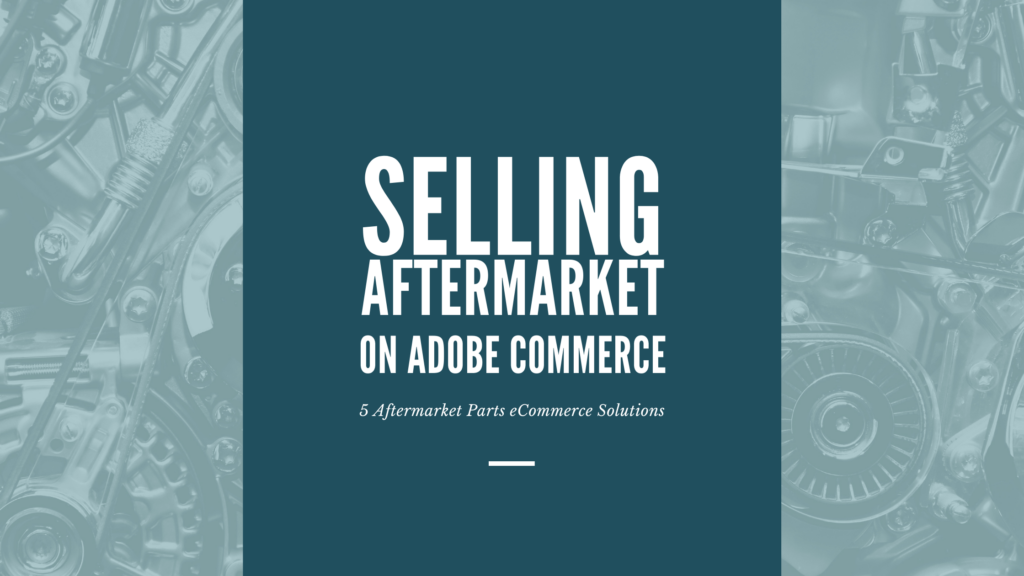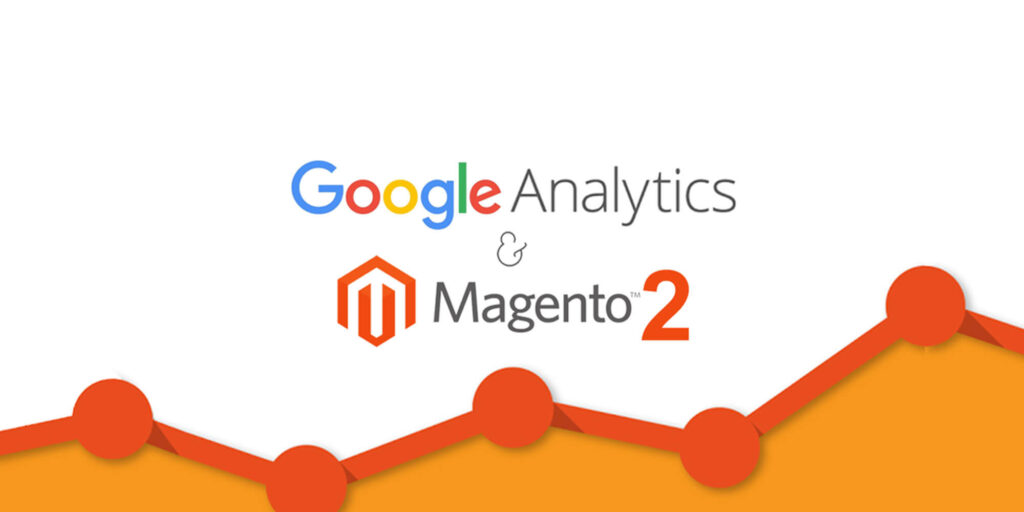4 Ingredients for Creating Product Descriptions that Sell

Creating effective product descriptions is essential for your eCommerce business. Given that when shopping online the image and the product description are the only sales pitch your customers will get for your products, properly describing and persuading your shoppers through description is crucial to success. Not only that, online shoppers are more savvy than ever, […]
Satisfying a Niche: The Ins and Outs of Unique Markets

As online shopping becomes more and more ubiquitous, the range of products and services available to consumers continues to expand. This is great news for buyers, who now have access to a wider variety of items than ever before. It’s also good news for sellers, who can reach more and more specific, targeted audiences online […]
How a Full-Service eCommerce Agency Makes Your Life easier

Do you have an eCommerce business? Are you tired of dealing with multiple vendors, tech integrations, software services and more, all while trying to piece together a cohesive online selling strategy? If so, then you need to consider hiring a full-service eCommerce agency. Check out the ways partnering with a Full-Service eCommerce Agency can serve […]
Selling Aftermarket on Adobe Commerce: 5 auto parts eCommerce solutions

Selling aftermarket parts online is a unique challenge. Most parts merchants have incredibly large catalogs with many complex categories. Not only that, most customers now expect an intuitive search experience where they can enter their specific year, make, and model or even a VIN lookup to ensure they’re getting a part that fits. When thinking […]
How to save money on your eCommerce website build (so you can sleep better at night)

Creating an eCommerce website can be an expensive proposition. Not only do you need to pay for the design and development of the website, but you also need to pay for hosting and domain registration. However, there are ways to save money on your eCommerce website build. By following these tips, you can save money […]
Google Analytics and Magento 2

Google Analytics is an important tool for merchants in the eCommerce and Magento communities because it allows merchants to make informed decisions about their website based on their users’ interactions. With the advent of Magento 2, it’s important to understand how the new version utilizes and integrates with Google Analytics. If you’re familiar with Magento […]
